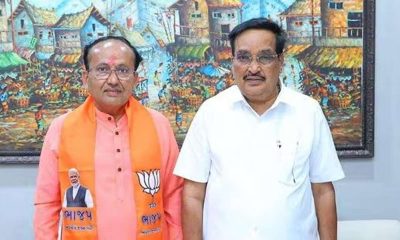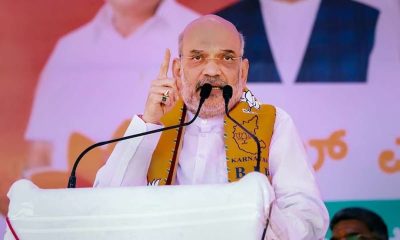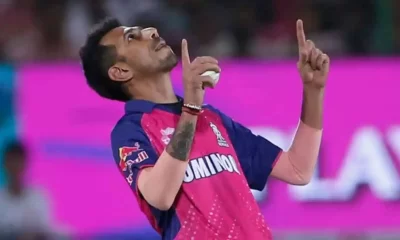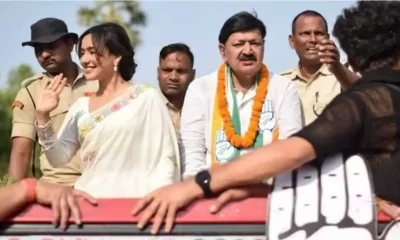Delhi news
Behind Mamata’s fire and fury on demonetization

The feisty CM may just use it to advantage
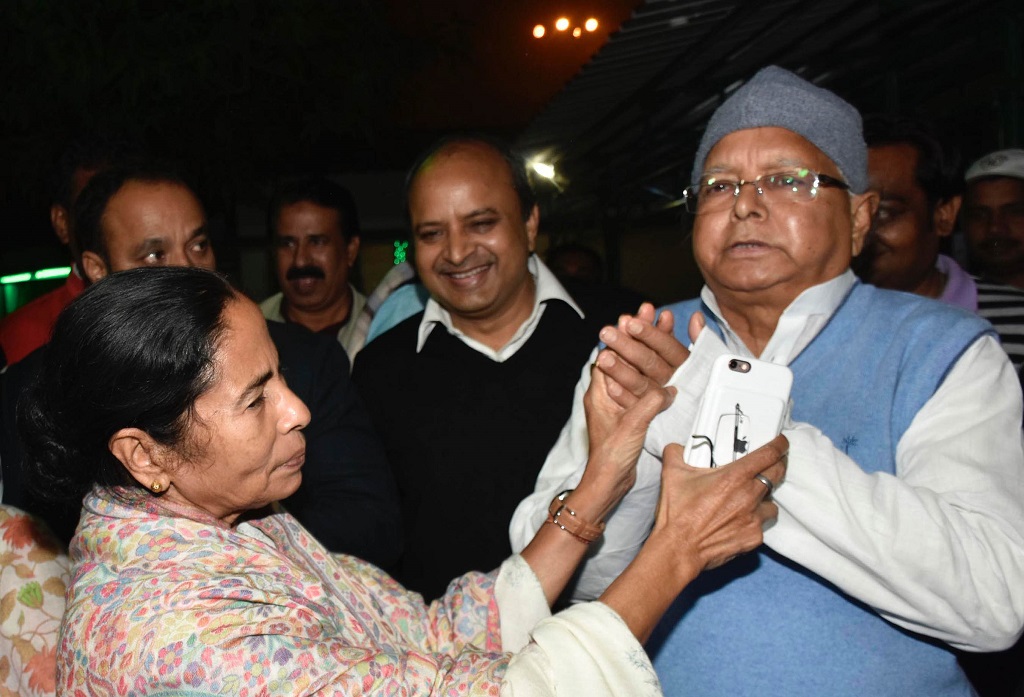
TWO’S COMPANY: West Bengal CM Mamata Banerjee with RJD chief Lalu Prasad Yadav in Patna
How does West Bengal Chief Minister Mamata Banerjee plan to handle the mess resulting from the demonetization move by Prime Minister Narendra Modi?
There are several opinions though no one can really look into the mind of the famously unpredictable Trinamool Congress (TMC) supremo. At this point she is maintaining a pointedly antagonistic posture and has pledged to oust Modi from politics. She made the declaration first at an all- India Trinamool Congress rally in Lucknow on November 29 and reiterated it in Patna, along with Rashtriya Janata Dal chief Lalu Prasad Yadav and his wife, Rabri Devi (both former Bihar chief ministers), a day later.
How she plans to achieve the eviction of Modi from politics is unclear; but, recalling the alliances she has made and severed in her political career, she has a penchant for eyebrow-raising deals – such as the overture to her archenemy, the CPI(M). At the same time, to her credit, it has also been proven that she has a knack for putting her finger on the pulse of the people. It is a knack she uses to her advantage. She is also not averse to quick course corrections if the need arises.
One way to look at this issue is to study the funding scenario that may be creating havoc within the TMC. The basic source of funds flow in a government would be in two phases. The first is the state revenue that it can generate; the second is its allocation of central revenue. At this point, the state revenue has been severely curtailed because of the lack of generating sources, namely, industry. This has put the state government’s finances in dire straits.
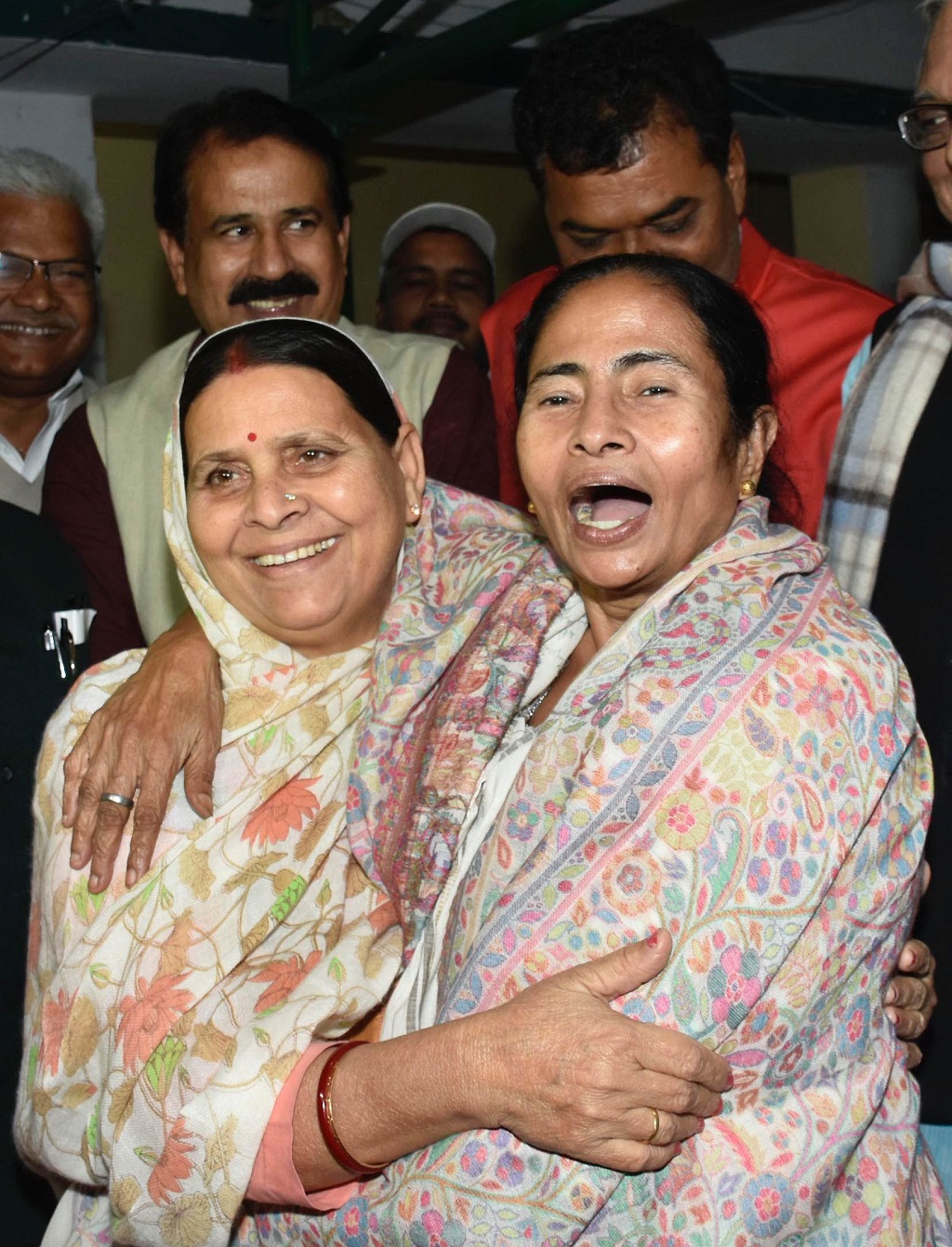
WARM EMBRACE: Banerjee meets former Bihar chief minister Rabri Devi
According to recent budget figures, the state’s debt burden has increased by a whopping 64 percent in the past six years. In FY 2010-11 the state’s outstanding debt was close to Rs 1.86 lakh crore. That was the “miserable” state of the finances of West Bengal that Banerjee inherited from the Left Front’s chaotic 34-year rule. But by 2015-16 this debt had spiked to a massive 64 percent (from the 2010-11 base) to Rs 3,08,800 crore, as per published budget estimates.
That places the state in third position among the most indebted states of the country, behind the highly industrialized state of Maharashtra (Rs 3,79,360 crore, a spike of 34.5 percent in the past four years) and poll-bound Uttar Pradesh (Rs 3,27,470 crore) as per published reports quoting state budget estimates.
What is the connection of the state’s indebtedness with the demonetization move? To break the state’s economy down to the basics, a complete vacuum exists in the productivity of the state, leading to nil or even negative growth in employment. The Banerjee government found a novel – albeit temporary – way out of this mess, by not being too strict on “syndicates” that have plagued the supply chains of real estate majors in the state. While real estate seemed to be booming, so were the “syndicates”, a policy first initiated by the Left Front.
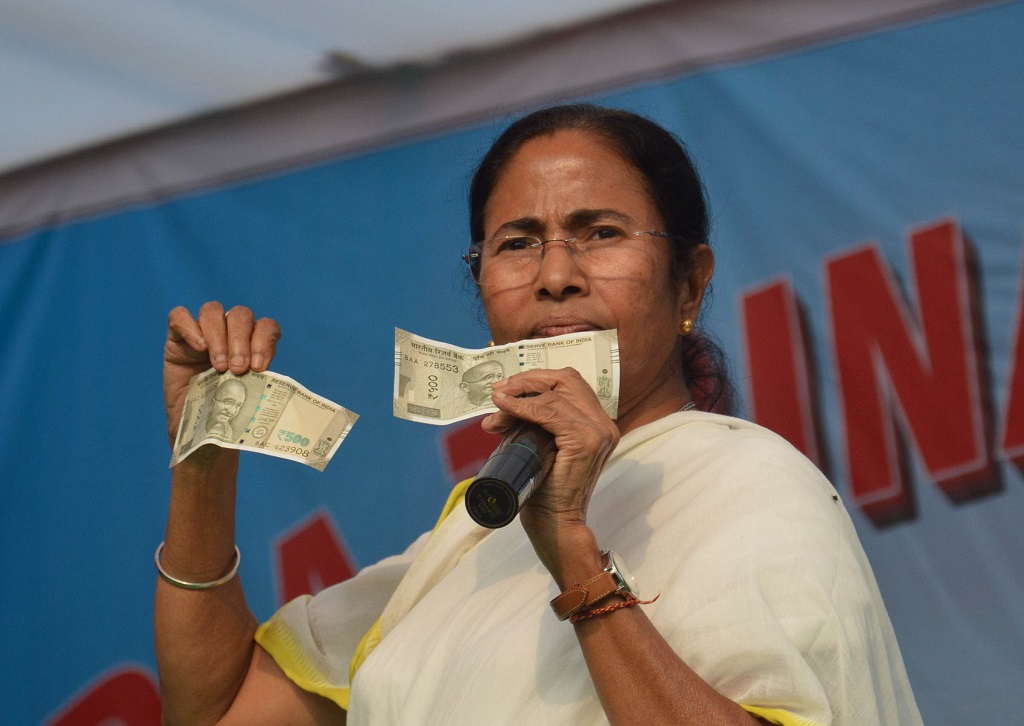
BEING MAMATA BANERJEE: The Trinamool supremo has the unique ability to turn obstacle into opportunity
Technically, these are methods that kept some of the TMC workers off criminal ways, and the rest received doles during the Pujas for all “registered” pujas, to last them the festive days. While the modus operandi may seem laughable to the economist, it did keep a leash on the “ambitions” of the people.
Add to that the huge spike in Fake Indian Currency Notes (FICN) in the north-eastern districts of the state, namely, South Dinajpur, Nadia, Malda, North 24-Parganas and others. With banks few and far between, about 86-90 percent of all transactions in these districts were in cash. And, according to last estimates, 45-50 percent of those cash transactions were in FICN. A major portion of the estimated Rs 400 crore FICN in circulation sloshes around in this region.
What happened was that the FICN was not all used in developing terrorist sleeper cells (of which the maximum in India are in these districts), or in growing and marketing poppy for the manufacture of heroin (as in Gopalganj or Kaliachak in Malda). Through daily transactions, it also infiltrated farmers’ homes and small traders’ small savings.
All was hunky-dory for as long as the Rs 500 and Rs 1,000 notes remained legal tender. With the Prime Minister’s November 8 evening announcement, this entire economy virtually vanished into thin air. FICN apart, this cash economy was generating peace (as the Kaliachak “riots” of early this year showed). It was a “live and let live” policy that kept peace here. Now it could be up for “grabs” to a situation that even Banerjee might not be able to control.
However, being Banerjee, she has found an opportunity in this desert. She has been able to raise her voice and it has been heard around the country. Quite some time back, on the assurances of the now-Saradha-scam-discredited MP, Kunal Ghosh, she had aspired for the Dilli ka masnad. Today, she has two reasons to push her agenda: the dire straits West Bengal is in after the demonetization and a deep-rooted desire to be back in Delhi, where she thinks she belongs.
Hence the Mamata Banerjee diatribe. She had forecast that things would get really messy as ‘pay day’ approached. They have. She is unwilling to let go the advantage and Modi should remain wary of this lady who could, if not handled with kid gloves, end up being the lead chronicler of Indian politics in 2017. For Banerjee, her state is at stake, and equally so is her very credibility as a political mentor.
By Sujit Bhar
[vc_video link=”https://www.youtube.com/watch?v=tFhZwGVuytg”]
Delhi news
On Camera: Delhi man stabs girl multiple times in Mukherjee Nagar, arrested
The incident was captured on CCTV and has been shared widely on the internet.

In a shocking incident, a man from Delhi was arrested on Sunday for stabbing a girl multiple times with a knife in the Mukherjee Nagar area in broad daylight. The incident was captured on CCTV and has been shared widely on the internet.
According to reports, the incident took place on March 22. The passers-by intervened and tried to stop and catch the accused. Although, the girl did not suffer grievous injuries in this attack and is out of danger.
The police have identified the accused as Aman. In the CCTV footage, the 22-year-old could be seen stabbing the girl with the knife several times.
It has been known that students in Mukherjee Nagar used to make fun of the accused, Aman, and call him mentally ill as he used to keep roaming in the area, without doing anything.
The woman he targeted would visit Mukherjee Nagar to study in a library. In the surveillance video, the man can be observed sprinting towards the woman, forcefully knocking her down, and subsequently striking her several times.
The man who is under arrest told the police that she ridiculed him, causing him to take a knife from a nearby vegetable vendor and launch an attack on her in a fit of rage.
Last year in April, another incident was reported from Northeast Delhi’s Karawal Nagar where a man killed his live-in partner and dumped her body 12 lm away from a house with the help of his sister.
Police, later, found the body of Rohina Naz alias Mahi, a resident of Uttarakhand’s Mirajpur, lying near Krishna Public School. The police arrested the sister of the accused in this case.
According to the police, the accused, identified as Vineet, was on the run while his sister Parul was arrested for helping him conspire the murder and hide the body.
The 25-year-old Mahi and Vineet eloped four years ago the date of the crime and were living together in Delhi. Deputy Commissioner of Police Joy Tirkey had said that Mahi was pressuring him for marriage and because of this, the couple used to fight frequently.
Delhi news
Delhi Metro services to begin at 2:30 pm on Holi
Delhi metro services will not be available till 2:30 pm on all Lines of the Delhi Metro including Rapid Metro/Airport Express Line.
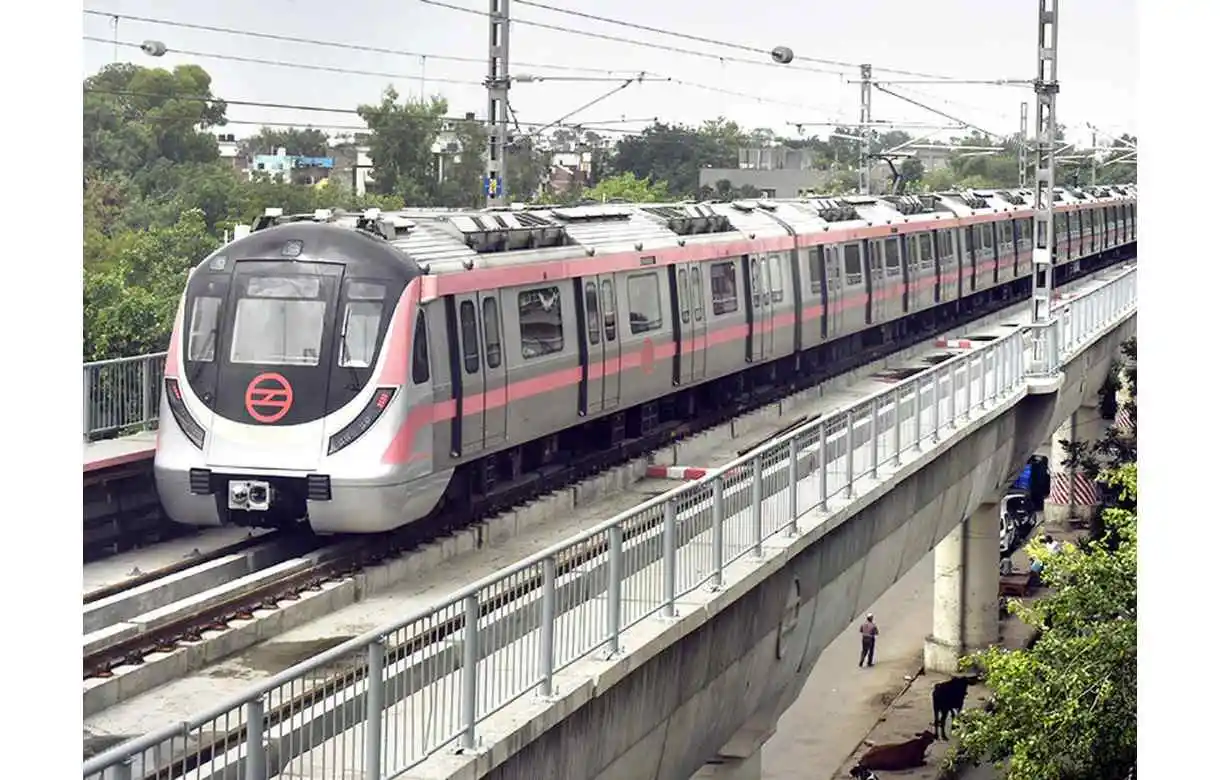
Delhi Metro services will begin at 2:30 pm from terminal stations on all lines on the occasion of Holi, March 25, and will continue normally thereafter.
The Delhi Metro on X, said that the metro train services to start at 2:30 pm on the day of the Holi festival, March 25 (Monday), adding that it said metro services will not be available till 2:30 pm on all Lines of the Delhi Metro including Rapid Metro/Airport Express Line.
Earlier on March 14, Prime Minister Narendra Modi laid the foundation stone of two additional corridors of Delhi Metro’s Phase 4 at Jawaharlal Nehru Stadium on Thursday. The cost of these 2 corridors of the Delhi Metro Phase 4 project is Rs 8,399 crore. These 2 lines will be 20.762 km long. The construction of these projects is slated for completion by March 2026.
During the press release, the government said that the Inderlok- Indraprastha corridor will be an extension of the Green Line and will provide interchange with the Blue, Violet, Magenta and Airport Line, Yellow and Red lines, while the Lajpat Nagar- Saket G Block corridor will connect Violet, Pink, Magenta and Silver lines.
Delhi’s Lajpat Nagar- Saket G Block corridor will be entirely elevated and have 8 stations, as per the reports. The Inderlok- Indraprastha corridor will have 10 stations. The Prime Minister also interacted with beneficiaries of the PM SVANidhi scheme. He distributed loans under the scheme to 1 lakh street vendors (SVs) including 5000 SVs from Delhi.
According to official records, till now up to Rs 82 lakh loans which amount to Rs 10, 978 crore have been disbursed to more than 62 lakh street vendors all over India. Speaking to the media at the event earlier, the Prime Minister said that the program PM SVANidhi Mahotsav was dedicated to those who are always around us and without whom one cannot imagine our lives.
Delhi news
7 BJP MLAs suspended from Delhi Assembly’s Budget session for interrupting LG’s address
Pandey said that such behaviour by the BJP MLAs amounted to lowering the dignity of the House.

Seven out of eight Bhartiya Janata Party (BJP) were suspended on Friday for the remainder of the Budget session of the Delhi Assembly for allegedly interrupting Lieutenant Governor (LG) VK Saxena’s address.
On Thursday, they were marshalled out of the House for their unruly behaviour. According to the reports, the seven BJP MLAs were interrupting Governor Saxena during his address to the House as they sought to attack the Delhi Chief Minister Arvind Kejriwal-led-AAP government.
Taking cognisance of the matter, the Delhi Assembly Speaker Ram Niwas Goel sent the matter of disruption to the Privileges Committee.
On the second day of the session, the Aam Aadmi Party (AAP) MLA Dilip Kumar Pandey and the party convenor Kejriwal whip in the Assembly. Pandey pointed out the disruption made by the BJP MLAs during the LG’s speech, he said MLAs have disrupted Saxena’s address marking the opening of the budget session at least eight times. He further said that such behaviour by the BJP MLAs amounted to lowering the dignity of the House.
AAP MLA Pandey, later moved a proposal that the matter be referred to the Delhi Assembly Privileges Committee, demanding the suspension of the seven BJP MLAs from the proceedings of the House, until the panel decides on the matter. Through a voice vote, the proposal was passed.
Despite several warnings from the Assembly Speaker Ram Niwas Goel, BJP Vijender Gupta interrupted Saxena while he was citing the AAP’s achievements. Following this, the Speaker asked the House marshals to take Gupta out.
Later, when LG Saxena began his address, other leaders from the BJP party continued disrupting him as Saxena cited several Kejriwal government’s achievements.
After all this, the BJP MLAs defied the Goel and refrained from interrupting the Saxena’s address, to which the Speaker had to ask the marshals to take them out of the House too.
The House suspended seven BJP MLAs out of eight, the Leader of Opposition Ramvir Singh Bidhuri was not suspended, however, he walked out with other suspended BJP leaders in protest against the decision of the House to suspend its MLAs.
-

 India News6 hours ago
India News6 hours agoLandslide hits Arunachal Pradesh, highway linking Indo-China border affected
-
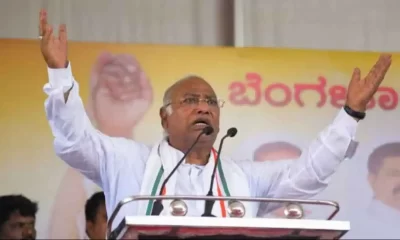
 2024 Lok Sabha Elections23 hours ago
2024 Lok Sabha Elections23 hours agoMallikarjun Kharge vows to continue politics till his last breath to defeat BJP
-
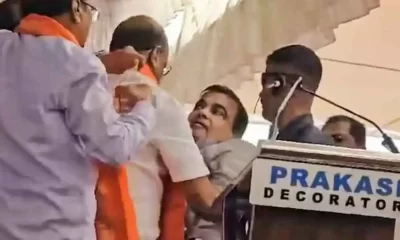
 2024 Lok Sabha Elections24 hours ago
2024 Lok Sabha Elections24 hours agoNitin Gadkari says he’s better now after collapsing at election rally in Maharashtra’s Yavatmal
-
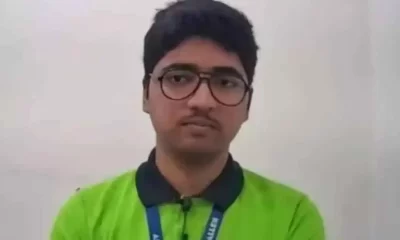
 Education4 hours ago
Education4 hours agoFarmer’s son Nilkrishna Gajare Nirmalkumar from Maharashtra scores 100 NTA score in IIT-JEE Mains 2024
-
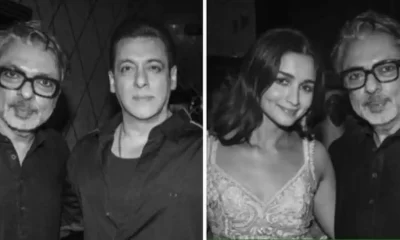
 Entertainment5 hours ago
Entertainment5 hours agoBollywood stars Salman Khan, Alia Bhatt, Rekha, Sonakshi Sinha, Aditi Rao Hydari attend Sanjay Leela Bhansali’s Heeramandi premiere
-

 India News7 hours ago
India News7 hours agoTamannaah Bhatia summoned in illegal IPL streaming app case, to appear before cyber cell on April 29
-

 Cricket news7 hours ago
Cricket news7 hours agoIPL 2024: Rishabh Pant, Axar Patel score half centuries as Delhi Capitals beat Gujarat Titans by 4 runs
-

 2024 Lok Sabha Elections5 hours ago
2024 Lok Sabha Elections5 hours agoBihar: Election Commission extends voting timings for 4 Lok Sabha seats due to heatwave



